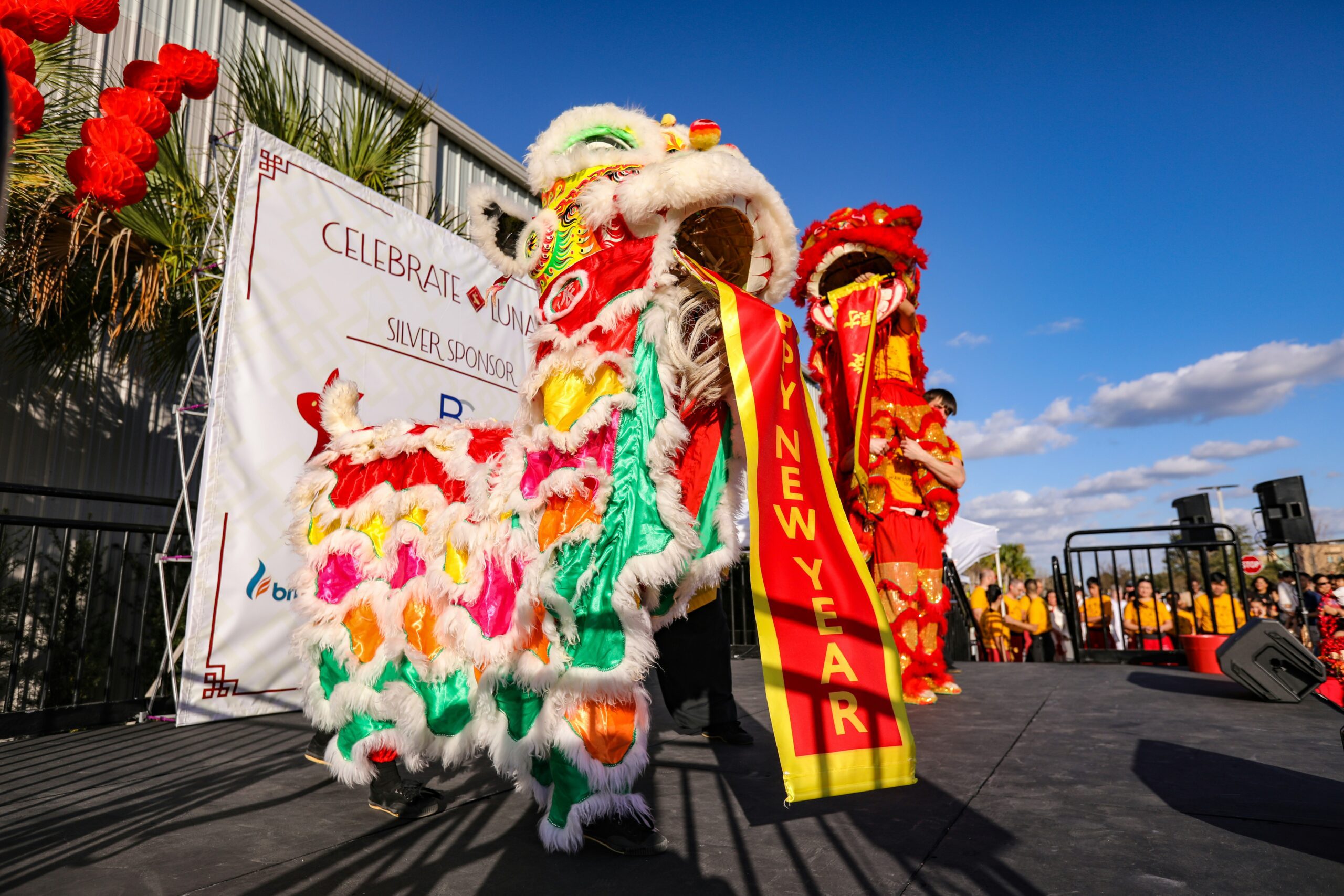In today’s digital age, cultural events calendars play a crucial role in promoting and organizing citywide festivals and shows. These calendars serve as a comprehensive guide for residents and tourists alike, providing them with up-to-date information on various cultural events happening in their city.
When it comes to designing user interfaces (UI) and user experiences (UX) for cultural events calendars, there are a few key considerations to keep in mind. Firstly, the calendar should be visually appealing and easy to navigate. Users should be able to quickly find the information they are looking for without any confusion or frustration.
One important aspect of UI/UX design for cultural events calendars is the inclusion of relevant filters and search options. Users should be able to filter events based on their preferences, such as date, location, type of event, and more. This helps users find events that align with their interests and schedule.
Another crucial element of UI/UX design for cultural events calendars is the integration of social sharing features. Users should be able to easily share events they are interested in with their friends and family through various social media platforms. This not only helps spread the word about the event but also increases engagement and attendance.
Furthermore, it is essential to ensure that the cultural events calendar is mobile-friendly. With the increasing use of smartphones, people rely on their mobile devices to access information on the go. Therefore, the UI/UX design should be responsive and optimized for different screen sizes, providing a seamless experience across devices.
Lastly, regular updates and maintenance are crucial for the success of cultural events calendars. It is important to keep the calendar up to date with the latest events, ensuring that users have access to accurate and reliable information.
In conclusion, UI/UX designs for cultural events calendars play a vital role in promoting and organizing citywide festivals and shows. By focusing on visual appeal, easy navigation, relevant filters, social sharing features, mobile-friendliness, and regular updates, these calendars can provide users with a seamless and engaging experience, enhancing their participation in cultural events.


Leave a Reply